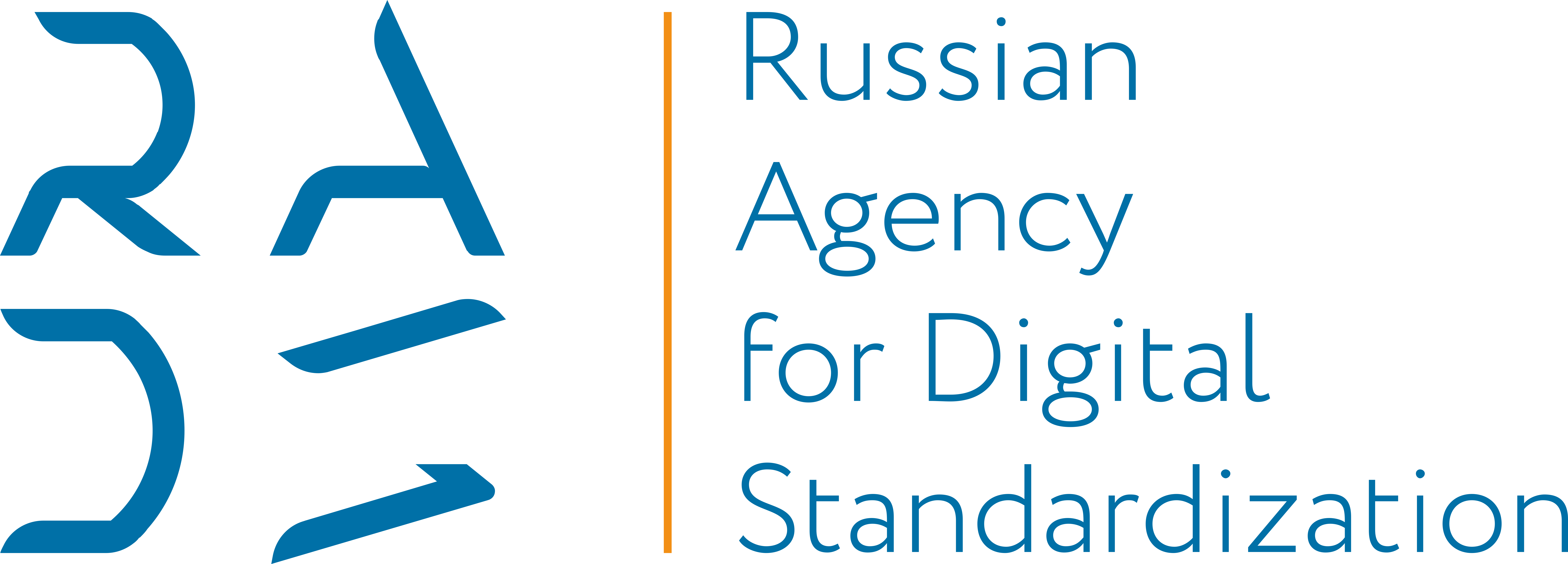CRITICAL ANALYSIS OF THE GUIDELINES ON THE CALCULATION OF HYDRODYNAMIC ACCIDENTS
Authors
- Alexey Yu. Vinogradov Scientific and Industrial Research Association Gidrotehproekt, Valday, Russia; Saint Petersburg State Forest Technical University, St. Petersburg
- Viktor A. Obyazov Scientific and Industrial Research Association Gidrotehproekt, Valday, Russia; Saint Petersburg State Forest Technical University, St. Petersburg, Russia https://orcid.org/0000-0002-9644-1286
- Oksana V. Zubova ФГБОУ ВО Санкт-Петербургский государственный лесотехнический университет имени С.М. Кирова, г. Санкт-Петербург, Россия
- Mariya M. Kadatskaya Scientific and Industrial Research Association Gidrotehproekt, Valday, Russia https://orcid.org/0000-0002-5979-0970
- Alexey V. Kuchmin Scientific and Industrial Research Association Gidrotehproekt, Valday, Russia; Saint Petersburg State Forest Technical University, St. Petersburg, Russia https://orcid.org/0000-0003-2111-6347
DOI:
https://doi.org/10.34753/HS.2020.2.3.305+ Keywords
+ Abstract
The guidance documents of the Russian Federation (RD 03-607-03 and RD 09-391-00) present calculation methods of hydrodynamic accidents in storage tanks and facilities for liquid industrial and waste. Because the accidents at such facilities represent a breakthrough of a dam with the formation of a hole in its body, there is used a methodological framework developed for ground dams of any purpose for calculations. This fact made it possible to consider the applicability of these documents to the reservoir dam on the Kokpekty River in Kazakhstan, where an accident occurred in March 2014. An analysis of the applicability of the considered guidance documents showed that the values of the most parameters calculated by them do not correspond to reality and / or have no physical sense, they cannot be used in practice. In particular, the considered documents do not take into account the time for the formation of erosion tracks, which puts to an error (by an order of magnitude) in the estimating time of a break formation. There is taken the rectangular shape of the tracks in the considered guidelines, although in practice it is trapezoidal in most cases. Comparison of the calculated and measured sizes of the erosion tracks showed their difference by two times. Even the size of the erosion track according to the proposed formula may differ by 25% depending on the selected calculation step. RD 03-607-03 and RD 09-391-00 give different formulas for hydraulic size calculating, which puts to a difference by 1.65 times. Moreover, there is used the kinematic viscosity instead of the dynamic one while the hydraulic size calculating. One of the most important characteristics, the transporting (erosion) flow ability, in the considered documents is dimensionless and has no physical sense. It is also notable that the proposed guidance documents, in violation of GOST 8.417-2002, use non-standardized dimension values and in the same formula coexist as multiplier meters, centimeters and millimeters. Thus, RD 03-607-03 and RD 09-391-00 are not recommended for use in calculation of hydrodynamic accidents and flooding zones, these documents require immediate revision.
+ Author Biographies
E-mail: gd@npogtp.ru E-mail: td@npogtp.ru E-mail: ok_z19@mail.ru E-mail: mk@npogtp.ru E-mail: ak@npogtp.ru
Alexey Yu. Vinogradov, Scientific and Industrial Research Association Gidrotehproekt, Valday, Russia; Saint Petersburg State Forest Technical University, St. Petersburg
eLibrary (РИНЦ) SPIN-код: 3692-8409
Scopus ID: 56909443300
ORCID iD: 0000-0001-6834-2507
Viktor A. Obyazov, Scientific and Industrial Research Association Gidrotehproekt, Valday, Russia; Saint Petersburg State Forest Technical University, St. Petersburg, Russia
eLibrary (РИНЦ) SPIN-код: 4590-8490
Scopus ID: 6505820654
ORCID iD: 0000-0002-9644-1286
Oksana V. Zubova, ФГБОУ ВО Санкт-Петербургский государственный лесотехнический университет имени С.М. Кирова, г. Санкт-Петербург, Россия
eLibrary (РИНЦ) SPIN-код: 6997-4065
ORCID ID: 0000-0002-6263-4688
Mariya M. Kadatskaya, Scientific and Industrial Research Association Gidrotehproekt, Valday, Russia
eLibrary (РИНЦ) SPIN-код: 6624-6450
Scopus ID:
ORCID iD: 0000-0002-5979-0970
Alexey V. Kuchmin, Scientific and Industrial Research Association Gidrotehproekt, Valday, Russia; Saint Petersburg State Forest Technical University, St. Petersburg, Russia
eLibrary (РИНЦ) SPIN-код: 7846-5937
ORCID ID: 0000-0003-2111-6347
Scopus ID: 57201695474
+ References
Aleksandrov D.V., Zubarev A.Yu., Iskakova L.Yu. Vvedenie v gidrodinamiku: uchebnoe posobie [Introduction to fluid dynamics: a tutorial]. Ekaterinburg, Publ. of the Ural University, 2012. 112 p. (In Russian). Ananenkov A.G., Stavkin G.P., Andreev O.P., Khabibullin I.L., Lobastova S.A. Ekologo-ekonomicheskoe upravlenie okhranoi okruzhayushchei sredy [Ecological and economical control over environment protection]. Moscow, Publ. Nedra, 2003. 227 p. (In Russian). Bol'shakov V.A., Konstantinov Yu.M., Popov V.N. Spravochnik po gidravlike [Handbook of hydraulics]. Kiev, Publ. Vishcha shkola, 1977. 280 p. (In Russian). Chizhiumov S. D. Osnovy gidrodinamiki: uchebnoe posobie [Fundamentals of hydrodynamics: a tutorial]. Komsomolsk-on-Amur, Publ. of GOUVPO "KnAGTU", 2007. 106 p. (In Russian). Chugaev R.R. Gidravlika: uchebnik dlya vuzov [Hydraulics: a textbook for high schools]. Leningrad, Publ. Energoizdat, 1982. 672 p. (In Russian). Grishanin K.V. Dinamika ruslovykh potokov [The dynamics of channel flows]. Leningrad, Gidrometeoizdat Publ., 1969. 428 p. (In Russian). Kadatskaya M.M., Vinogradov A.Yu., Katsadze V.A., Belenkiy Yu.I., Bacherikov I.V., Grigor’ev G.V., Hvalev S.V. Analiz metodov rascheta nerazmyvayushchei skorosti pri proektirovanii vodopropusknykh i vodootvodnykh sooruzhenii lesnogo khozyaistva [Analysis of methods for calculating non-blurring speed in the design of culverts and drainage facilities of forestry]. Izvestia Sankt-Peterburgskoj Lesotehniceskoj Akademii [Bulletin of the St. Petersburg Forestry Academy], 2019, iss. 227, pp. 174-187. (In Russian; abstract in English). DOI: 10.21266/2079-4304.2019.227.174-187. Ponomarchuk K.R. Otsenka parametrov razvitiya prorana pri razrushenii gruntovoi plotiny [Assessment of parameters of closure channel development at destruction of earth dams]. Prirodoobustroistvo [Environmental Engineering], 2011, no. 3, pp. 77-82. (In Russian; abstract in English). Shmakova M.V., Kondratyev S.A. Transportiruyushchaya sposobnost' rechnogo potoka [Transporting capacity of river flow]. Uchenye zapiski Rossiiskogo gosudarstvennogo gidrometeorologicheskogo universiteta [Scientific notes of the Russian State Hydrometeorological University], 2019, iss. 56, pp. 176-187. (In Russian; abstract in English). DOI: 10.33933/2074-2762-2019-56-176-187. Tarabaev Yu.N., Zotov Yu.M., Chagaev V.P. Shul'gin V.N. Inzhenernoe obespechenie preduprezhdeniya i likvidatsii chrezvychainykh situatsii pri navodneniyakh (uchebnoe posobie) [Engineering support for prevention and elimination of emergency situations during floods (textbook)]. Novogorsk, Publ. of Academy of Civil Protection EMERCOM of Russia, 2000. 207 p. (In Russian). Vinogradova Т.А., Makushin М.А., Vinogradov I.А., Parfenov Е.А., Kadatskaya M.M., Sazonova S.I. Raschet morfometricheskikh kharakteristik prorana i maksimal'nykh raskhodov pri proryvakh gruntovykh plotin [Calculation of the morphometric characteristics of the closure channel and the extreme discharge during break-throughs of ground dams]. Gidrosfera. Opasnye protsessy i yavleniya [Hydrosphere. Hazard processes and phenomena], 2019, vol. 1, iss. 2, pp. 280-295. (In Russian; abstract in English). DOI: 10.34753/HS.2019.1.2.006.








1.png)




















